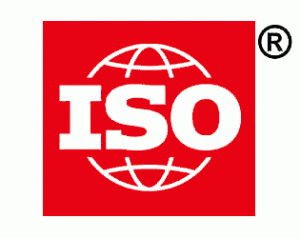 Object-Process Methodology (OPM) is a compact conceptual approach, language, and methodology for modelling and knowledge representation of systems of all kinds.
Object-Process Methodology (OPM) is a compact conceptual approach, language, and methodology for modelling and knowledge representation of systems of all kinds.
OPM notation supports the conceptual modelling of systems with formal syntax and semantics. This formality serves as the basis for model-based systems engineering, including systems architecting, engineering, development, life cycle support, communication, and evolution.
The domain-independent nature of OPM opens system modelling to the entire scientific, commercial, and industrial community for developing, investigating and analysing manufacturing and other industrial and business systems. This enables companies to merge and provide for interoperability of different skills and competencies into a common intuitive yet formal framework.
The application of OPM ranges from simple assemblies of elemental components to complex, multidisciplinary, dynamic systems.
OPM provides two semantically equivalent modalities of representation for the same model: graphical and textual. A set of hierarchically structured, interrelated Object-Process Diagrams (OPDs) constitutes the graphical model, and a set of automatically generated sentences in a subset of the English language constitutes the textual model expressed in the Object-Process Language (OPL).
The OPD syntax specifies the consistent and correct ways to manage the arrangement of those graphically elements. Using OPL, OPM generates the corresponding textual representation for each OPD.
Since OPL is a subset of English (and other natural languages), domain experts easily understand the textual model.
OPM facilitates a common view of the system under construction, test, integration, and daily maintenance, providing for working in a multidisciplinary environment.
With OPM, companies can improve their overall, big-picture view of the system’s functionality, while also represent and communicate any desired detail of the functional, structural and behavioural aspects of a system.
ESML has been evolving OPM beyond ISO 19450 by adding to OPM powerful capabilities, including computation, simulation, and real-time operation of Internet-of-Things and cyber-physical systems.
